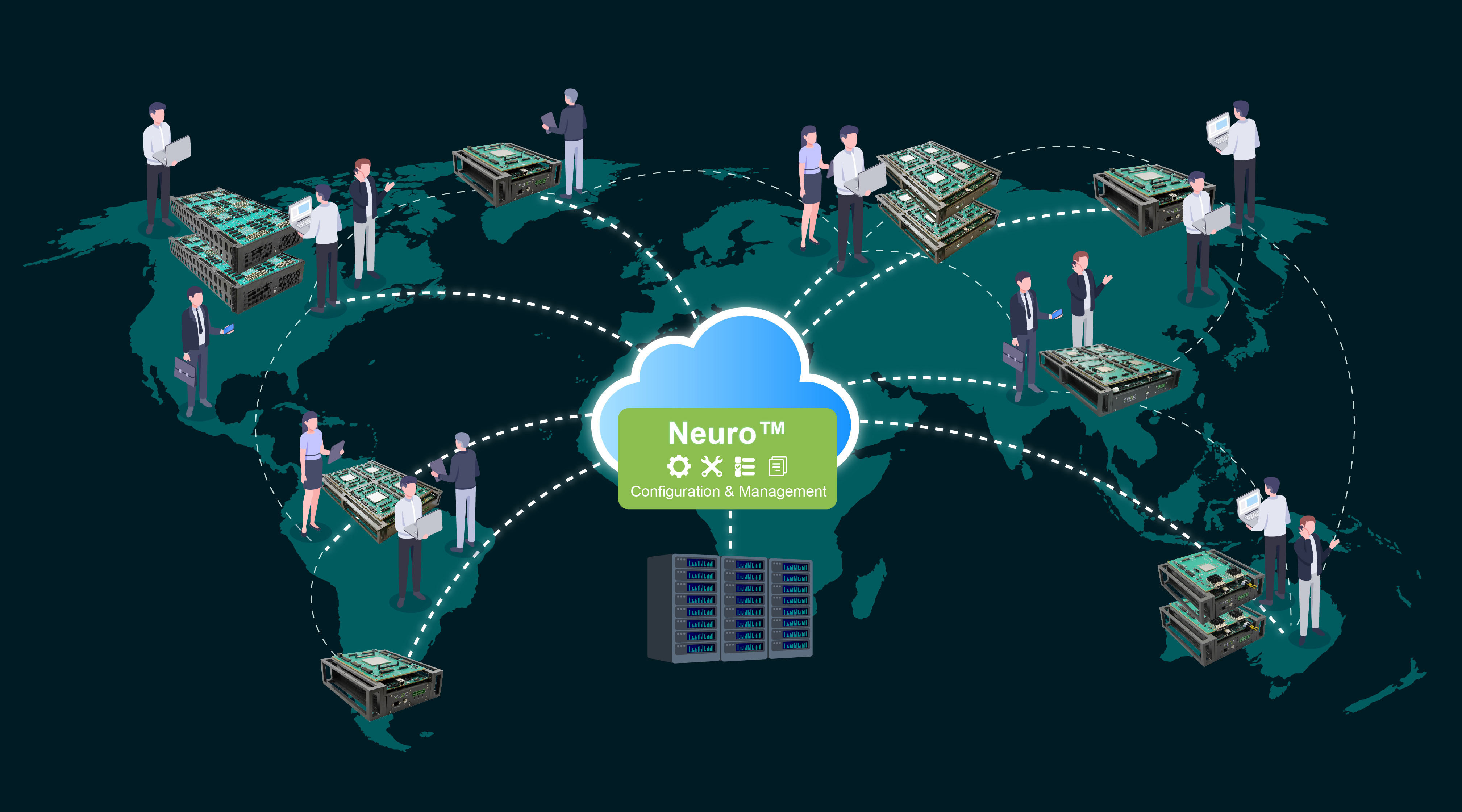SAN JOSE, CA – September 28, 2022 – S2C, a world leader in FPGA-based prototyping solutions, today announces Neuro, a software program providing comprehensive management capabilities for enterprise-wide prototyping environments. Through a flexible browser-based interface, Neuro delivers a host of management and control capabilities covering four executive functions:
User Management – this includes setting up user accounts, defining groups, assigning managers, and setting access permissions.
Resource Management – provides resource allocation to users and projects, sharing resources, checking status, and performing hardware check-in/out.
Remote Hardware Control – allows fast FPGA validation either by download or on-board SD card, provides virtual switches and indicators for interfacing with the hardware, monitors voltages, currents, and temperatures, and runs diagnostics on such items as clocks, I/Os, and interconnects.
Reports and Messaging – the system provides usage reports broken down by users, groups, or projects. It can monitor and report over-limit conditions for voltage, current, and temperature with auto-email notifications.

“Neuro offers a new level of control over the entire prototyping environment,” said Toshio Nakama, CEO of S2C. “We've built into Neuro a number of powerful features that bring real practical benefits to our customers.”
Centralized resource management, for example, allows for efficient hardware allocation, resulting in less idle time and more productive time. Remote diagnostics such as clock and I/O checks help preserve the functional integrity of a prototype. Fast downloads provide for a quick turnaround on design iterations and improvements. And automatic notification of conditions such as over-current and over-temperature work to increase reliability and extend the life of the hardware.
"Our user base has grown in both the number of prototypes deployed and in the complexity of prototypes people are building," explains Mr. Nakama. "As a result, they need more sophisticated tools to manage their environments and maximize ROI for their prototyping platforms. And hence comes Neuro."
Availability
Neuro is available now. For more information, please contact your local S2C sales representative, or visit www.s2cinc.com